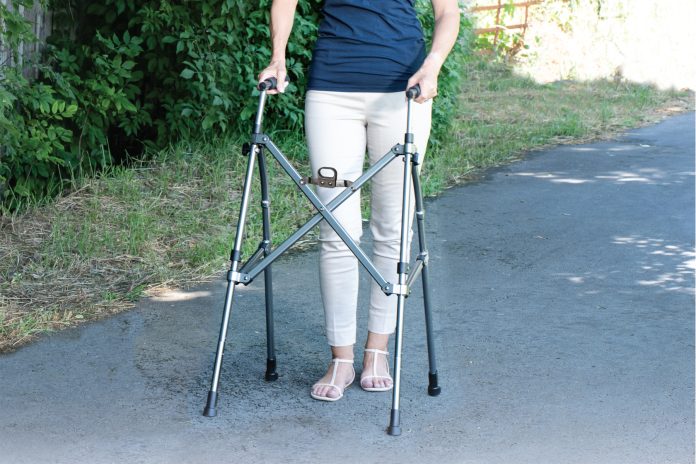As adults age or face mobility challenges due to injury or illness, walkers become invaluable tools for maintaining independence and improving overall well-being. Walkers for adults come in various types and designs, each catering to different needs and preferences. In this comprehensive guide, we will delve into the world of walkers for adults, exploring their types, features, benefits, and considerations for choosing the most suitable option.
Types of Walkers for Adults:
- Standard Walkers:
- The traditional standard walker features a sturdy frame with four legs, providing excellent stability.
- Suitable for individuals who require strong support and are comfortable lifting the walker with each step.
- Front-Wheeled Walkers:
- Front-wheeled walkers come with two wheels on the front legs, making them easier to move and navigate.
- They offer a good balance between stability and maneuverability, ideal for adults who need moderate support.
- Rolling Walkers (Rollators):
- Rollators are four-wheeled walkers equipped with handbrakes, a seat, and often, a storage compartment.
- These walkers are suitable for adults who desire increased mobility, the option to sit and rest, and storage for personal items.
- Three-Wheeled Walkers:
- Designed for individuals who need more support than a cane but prefer greater maneuverability.
- The triangular frame with a single wheel in the front and two wheels in the back provides stability and agility.
Key Features:
- Adjustable Height:
- Walkers typically come with adjustable height settings to accommodate individuals of varying statures.
- Proper height adjustment ensures optimal posture and comfort during use.
- Foldability:
- Many walkers for adults are designed to be foldable, allowing for easy storage and transport.
- This feature is beneficial for those who may need to take their walker on the go or have limited storage space.
- Brakes:
- Walkers with wheels often include handbrakes, providing users with control and added safety.
- The braking system should be user-friendly, responsive, and reliable to prevent unintended movements.
- Seats and Storage:
- Rollators frequently feature built-in seats and storage compartments, offering adults the option to rest and carry personal items.
- These features enhance the functionality and convenience of the walker, making it a versatile mobility aid.
Benefits of Walkers for Adults:
- Independence and Confidence:
- Walkers empower adults to maintain independence by providing a stable and supportive means of mobility.
- Users gain confidence in their ability to navigate their surroundings with greater ease.
- Fall Prevention:
- The stability offered by walkers significantly reduces the risk of falls, making them a crucial tool for adults with balance issues or a history of falls.
- Enhanced Mobility:
- Walkers enable adults to move around more freely, whether indoors, outdoors, or in public spaces.
- This increased mobility contributes to a more active and engaged lifestyle.
- Social Interaction:
- With the aid of a walker, adults can participate in social activities, fostering connections with friends, family, and their community.
Choosing the Right Walker for Adults:
- Consultation with Healthcare Professionals:
- Before selecting a walker, individuals should consult with healthcare professionals to assess their specific needs and receive personalized recommendations.
- Test and Adjust:
- It’s crucial for users to test different walker models and adjust them to find the most comfortable fit and functionality.
- Consider Lifestyle and Environment:
- Factors such as the user’s lifestyle, living environment, and specific mobility challenges should influence the choice of walker.
Conclusion:
Walkers for adults play a vital role in enhancing mobility, independence, and overall quality of life. With a variety of types and features available, individuals can find a walker that suits their unique needs and preferences. By understanding the benefits and considering key features, adults and their caregivers can make informed decisions, ensuring that the chosen walker becomes a valuable and empowering mobility aid.







